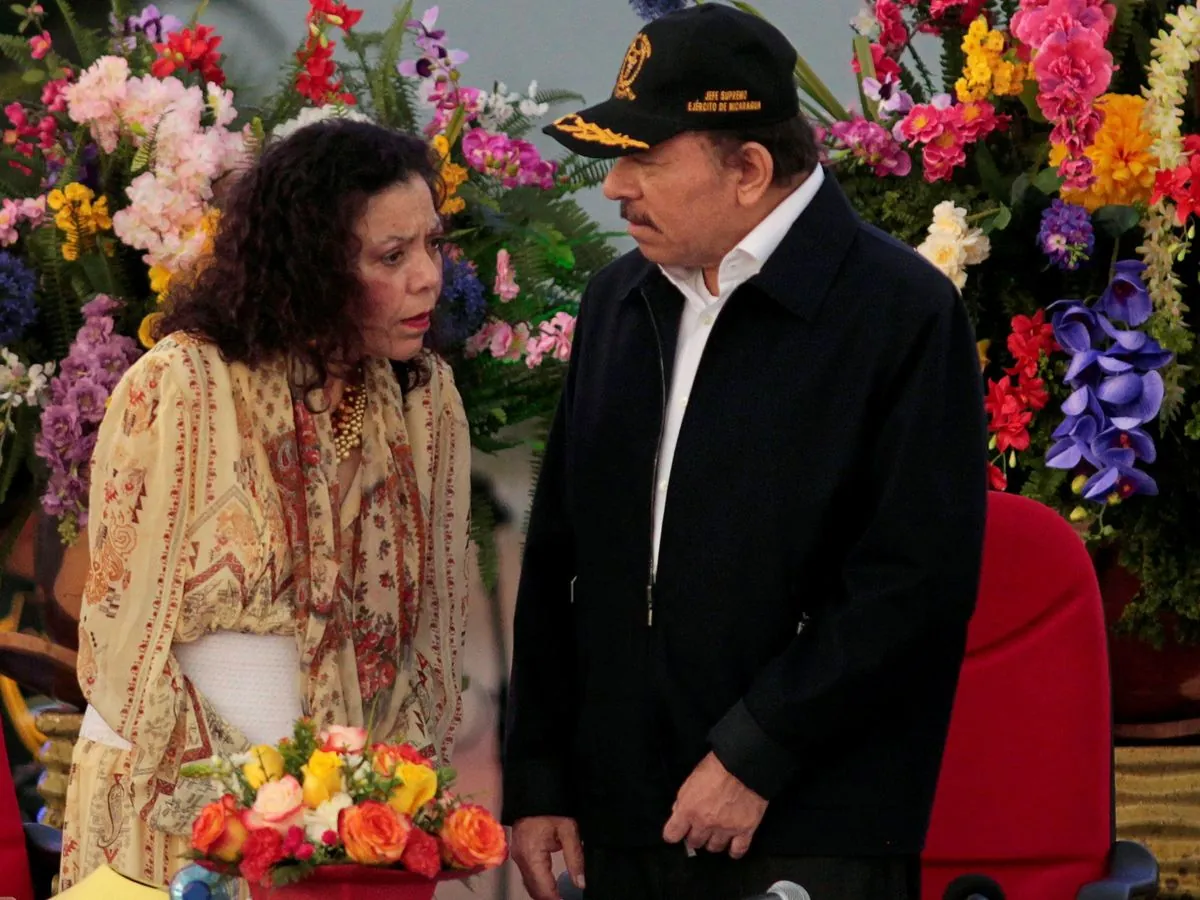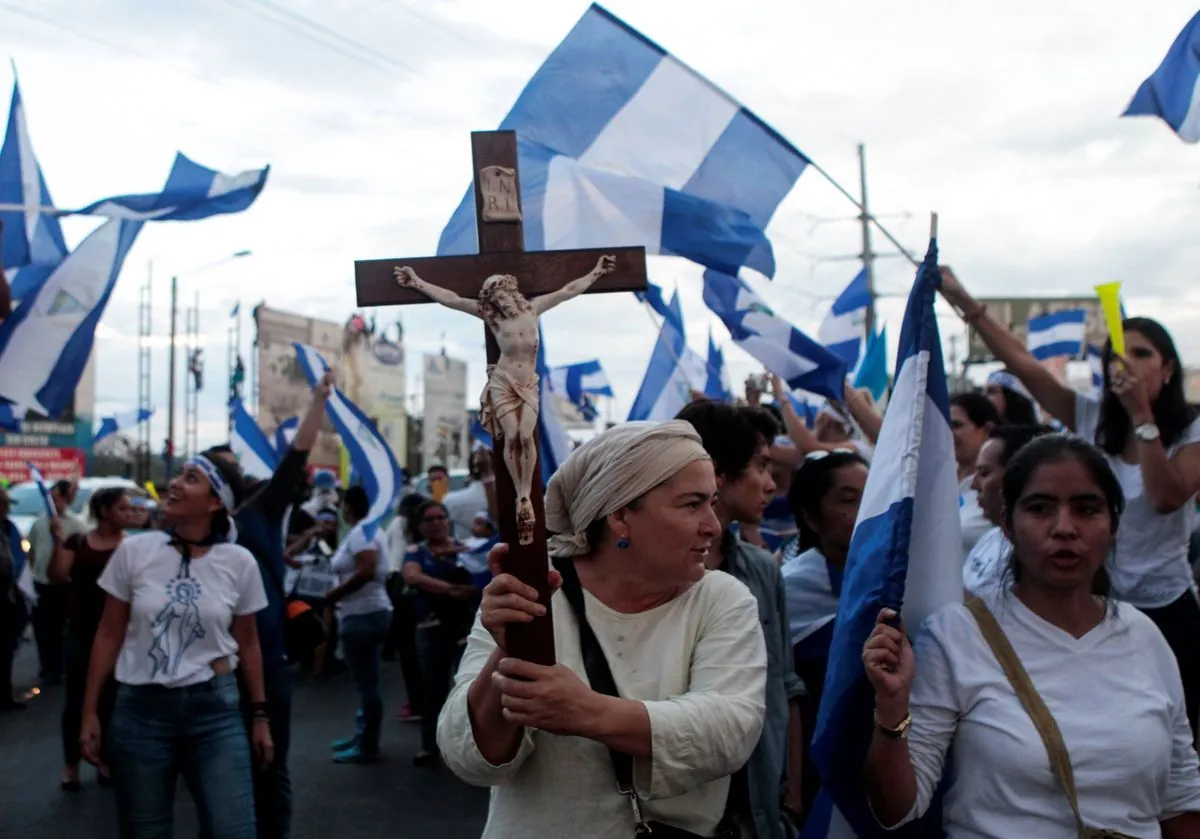Nicaragua's Revolution at 45: From Socialist Dream to Authoritarian Nightmare
As Nicaragua marks 45 years since the Sandinista revolution, the country grapples with a dictatorship under Daniel Ortega and Rosario Murillo. Internal struggles and growing opposition signal potential change.

The 45th anniversary of the Nicaraguan Revolution serves as a stark reminder of the country's transformation from a socialist uprising to an authoritarian regime. On July 19, 1979, the Sandinista National Liberation Front (FSLN) overthrew the U.S.-backed Somoza dynasty, which had ruled Nicaragua for over four decades. This victory marked the culmination of a nearly two-decade struggle against oppression.
However, the initial euphoria was short-lived. From 1980 to 1989, Nicaragua faced a brutal conflict with the Contras, a U.S.-supported counterrevolutionary force. This war claimed between 30,000 and 40,000 lives, leaving deep scars on the nation.
Daniel Ortega, a key FSLN commander, emerged as the leader of the revolutionary government. He was elected president in 1984 but lost power in 1990. Ortega's return to the presidency in 2007 marked the beginning of a new era in Nicaraguan politics.
Today, 17 years into Ortega's rule, the revolutionary ideals of 1979 have been replaced by another authoritarian system. Ortega and his wife, Vice President Rosario Murillo, have consolidated power through constitutional changes and repressive measures.

The Ortega-Murillo regime has systematically dismantled democratic institutions and silenced opposition. Since 2018, when a civil uprising was violently suppressed, the government has:
- Banned public protests
- Seized assets of numerous news outlets
- Revoked the legal status of thousands of nonprofit organizations
- Stripped citizenship from hundreds of dissidents
This crackdown has led to a significant exodus, with over 300,000 Nicaraguans seeking asylum in Costa Rica and nearly 440,000 encountered at the U.S. southern border since 2018.
The regime's grip on power, however, appears to be weakening. Internal purges and power struggles have intensified, particularly as Murillo seeks to secure her position. High-ranking officials, including members of Ortega's inner circle and even his own brother, have faced dismissal or arrest.
"There is no question that the dictatorship of Daniel Ortega and Rosario Murillo is getting weaker and weaker every day."
The future of Nicaragua remains uncertain. With Ortega and Murillo aging and their popularity plummeting to around 15%, the prospect of a democratic opening looms. The question remains: when and how will change come to Nicaragua?
As the country reflects on its revolutionary past, it faces the challenge of reclaiming its democratic aspirations. The legacy of the 1979 revolution serves as a reminder of the power of collective action and the ongoing struggle for freedom and justice in Nicaragua.


































